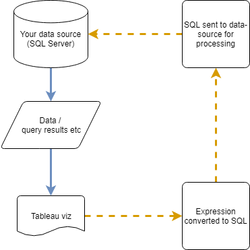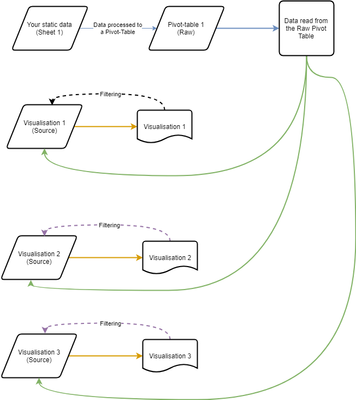Tableau has seen an exponential rise in use over the last years particularly by Excel users. Much of the training material available, indeed, even this very site, is geared to helping you get the most from Tableau, however, many of these fail to help users with the most basic of asks, to settle and convert Excel users into the world of Business Intelligence.
This article seeks to address some of the most common problems faced by Excel users, hopefully, to help you realise your potential as a BI developer.
Whilst this article is Tableau-centric, being a BI tool, this article is also useful for Excel users moving to a competitor BI tool such as QlikSense, Business Objects, Looker etc
What is Tableau?
Come to think of it, what is Excel as well?
What processes the calculations?
Can Tableau write data?
There appears to be loads of things I can easily do with Excel but not or not very easily with Tableau
So if Tableau is nothing more than a Pivot Table and I can already use this in Excel, why do I need Tableau?
So, if I can do more with Tableau than I can with Excel, can't I just ditch Excel?
Tableau is NEVER wrong
That's a bold statement, I hope you have some rock-solid evidence to back this up.

